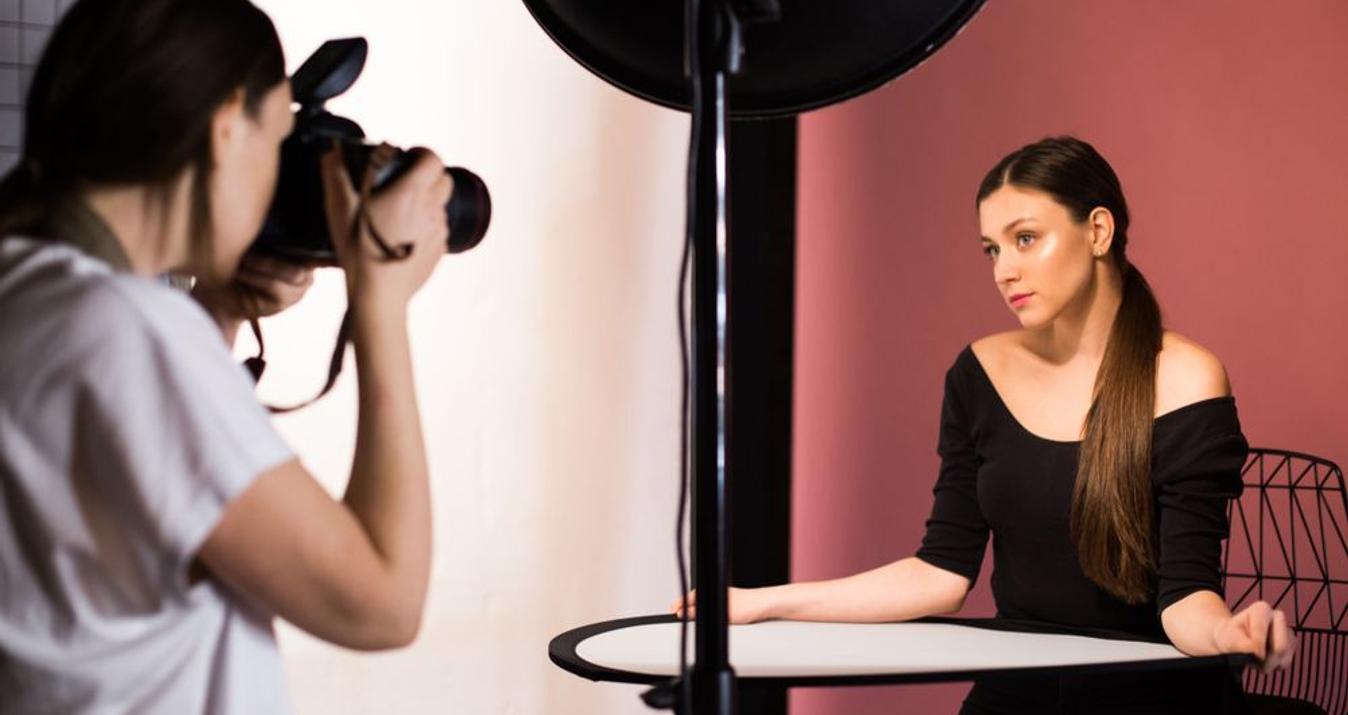A truly compelling landscape image should captivate anyone who catches a glimpse of it. We have eight tips for you how to easily capture amazing landscapes!
A truly compelling landscape image should captivate anyone who catches a glimpse of it. Every landscape photographer wants to create images that are breathtaking and epic. But how do we capture amazing landscape images, and how do we make them our own? It’s not as hard as you think, it just takes a bit of practice and a lot of adventure! Here are some tips that will have you on your journey...
Max your Depth of Field
This could be the most important part of landscape photography. The depth of Field can be a tricky subject to master since it takes into consideration aperture, focal length, and your subject distance. A smaller aperture (f/5.6 or lower) means only the area you focus on will be sharp, where a larger aperture (f/8 or higher) means everything from the foreground to the background will be sharp (or in focus).
Sometimes a narrow or small Depth of Field can create an interesting or beautiful story, but normally a good approach is to make sure as much of your scene is in focus as possible. Keep in mind that a higher f-stop means less light is hitting your sensor, so you’ll need to pay attention to your ISO or shutter speeds to ensure you capture enough light.
If you run into problems with digital noise - speckled or grainy patterns that arise in low-light shooting conditions - turn to Noiseless to clean up your images with a click or two, while maintaining details!

Use a Tripod
Often times with landscape images you’ll be shooting in challenging lighting situations. By challenging, we mean you’ll be shooting with slow shutter speeds and/or HDR brackets to ensure you capture all the details you need. During this you’ll need to find a way to make your camera completely still during the exposures. Even if you’re able to shoot a fast shutter speed, the practice of using a tripod can be beneficial. You may even want to use a cable or wireless shutter release/remote to add another level of stability to your shot.
Capturing the best image you can gives you more options to stylize and make the photo truly your own. Tools like Intensify, which will let you selectively emphasize fine details. Or a black and white conversion app like Tonality, will let you achieve a unique look — even a fine art vision — for your photo.
Composition / Find a Focal Point
Just like Depth of Field, there’s no right or wrong answer when it comes to lining up and framing your shot. The important thing is capturing the look of the scene that matches your creative vision. However, it’s still best to go into your shoot with a few guidelines in mind.

All shots need something to pull them together, a focal point that draws your eyes to it. A landscape photo without a focal point feels empty and leaves your eye wandering around the image looking for something that catches your attention.
Your focal point can be anything from a building, a tree, a mountain, or even a silhouette! The point is to have one thing that catches your attention, and then frame that properly. Place your subject following the “rule of thirds” (or crop afterwards) and you will find yourself with a much more compelling image. Find a leading line that will make the viewer follow you to your true subject matter. Include a foreground that emphasizes the point of interest of the shot.
*TIP* Even when shooting at a high aperture, you should still manually select a focus point to ensure you really focus on what’s captured YOUR interest. This way you can be sure the autofocus isn’t accidently selecting something closer or further away.
Change your Point of View
Changing the point of view, or perspective, that you shoot from can help you create a much more interesting photograph. Capturing your scene from a view that’s not normally seen, making it your own view or vision, can help you draw your viewers in.
To make a scene even more interesting in post, use a tool like FX Photo Studio to apply creative color effects with one click.

Look Up!
Another element to consider is the sky in your images! Most landscapes will have a dominating foreground or sky... and unless you have one or the other, the image can be pretty boring. If your sky is bland and boring, don’t let it dominate your shot and place it in the upper third of your shot. If your sky is far more interesting than your foreground, then do the opposite and place your horizon lower.
You can enhance your skies with filters (polarizing or neutral density) at the time of your shoot, or with Aurora HDR later on in the post-processing part of your workflow.

Capture Movement!
When most people think of landscapes they think of calm, static, serene or passive environments. But the truth is, landscapes are rarely completely still and often are rife with motion and weather. Sometimes, that drama and anger of the elements can add an incredible feel to your images, so don’t let the bad weather stand in your way.

Wind pushing trees, waves on a beach, water flowing through a stream, clouds flowing through a city, all are great examples of motion that can enhance a landscape image. Capture them using a longer exposure to create something soft and serene, or use a faster shutter speed to freeze the motion.
With all that motion, sometimes unwanted objects can enter a scene - trash, birds or natural elements that simply distract from the photo you’re making. Use Snapheal to easily get rid of objects from a scene in seconds. Simply brush over (or “mark”) those items you want removed and click the “Erase” button - it’s that easy.

Do The Right Thing!
A simple thing that often gets overlooked, but is super important, is to always shoot in RAW. This lets you capture as much light and information as possible for your final image. Having the RAW image data will give you the flexibility to let you truly customize your image once you get home.
All of the Skylum apps found in Creative Kit open RAW files directly, or you can use them as plug-ins within your favorite host software such as Photoshop or Lightroom.
*TIP* Bring Neutral Density and Polarizing Filters with you also! These tools will help you control the way the light hits your sensor without the loss of color or sharpness in the scene. Think of them as sunglasses for your camera.

Planning and Patience

Landscape photography takes far more planning and effort than most will lead you to believe. Sometimes you have to camp out a spot for hours and hours over and over again, just to get the light or clouds the right way.
There are so many factors that can get in the way of your dream shot. So it pays to do some research before you travel and make sure you get the right shot.
Check the weather to ensure you get the scene you want: Clouds, rain, storms, or clear blue skies. Be mindful of sunrise & sunset times, as well as the phase of the moon. The amount of time you get for golden hours, as well as the light (or lack of) the moon bounces back can have major impact on your shots.
Keeping all of these things in mind, along with having a healthy dose of patience, will help you get some incredible shots for your portfolio. So, get outdoors, seek adventure, and have fun!














